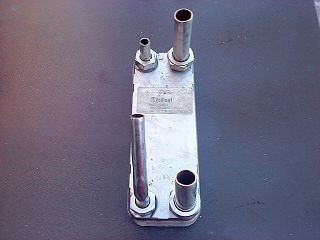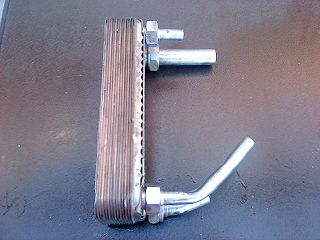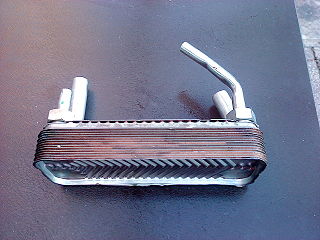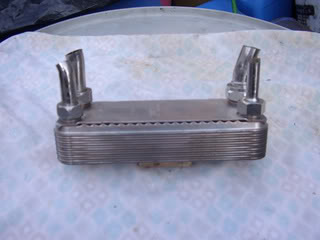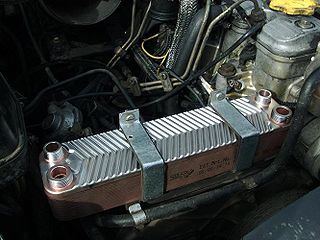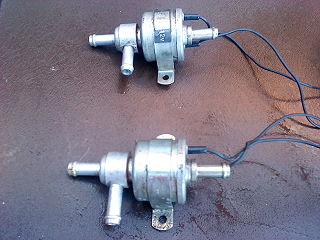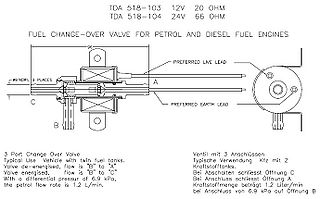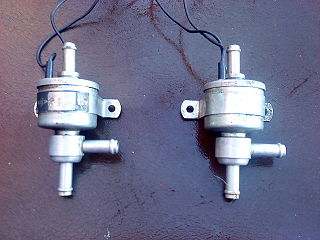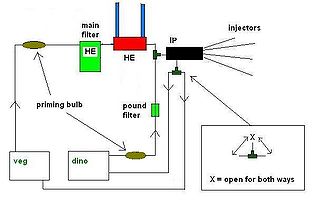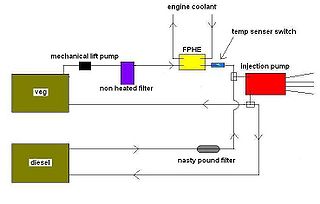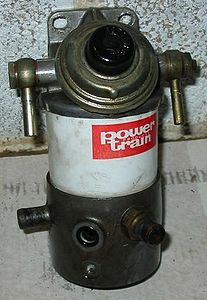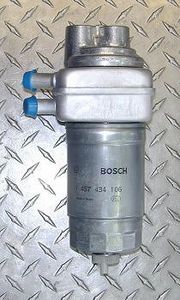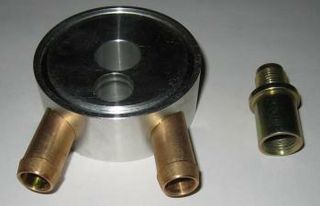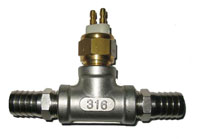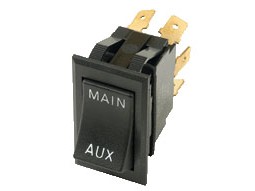Difference between revisions of "Heat exchangers and solenoid valves"
| Line 37: | Line 37: | ||
File:Heat-ring.jpg|Heater ring that fits standard spin on cartridge type filters. | File:Heat-ring.jpg|Heater ring that fits standard spin on cartridge type filters. | ||
| − | File:Temp_switch_T.jpg|Temperature sensor electrically switches to live at 60c | + | File:Temp_switch_T.jpg|Temperature sensor placed inline with a coolant hose on a car/van, which electrically switches to live at 60c changing fuel valves from diesel to vegetable oil. |
File:SwitchVeg.jpg|Basic in-car switch for changeover from diesel to vegetable oil when optimum engine coolant temperature is reached avg: 80c. | File:SwitchVeg.jpg|Basic in-car switch for changeover from diesel to vegetable oil when optimum engine coolant temperature is reached avg: 80c. | ||
Revision as of 09:45, 12 December 2010
These are the essential parts required when building a twin-tank system.
The vehicle is started on mineral Diesel, and then the valves switch over to an auxiliary veg tank when the engine reaches full temperature - the heat exchanger is used to raise the temperature of vegetable oil before it reaches the injection pump, using engine coolant to transfer heat across the plates of the heat exchanger.
Before stopping the engine at the end of a journey, the system must be "Flushed or Purged" with mineral Diesel, making it safe to re-start ie: in the morning from a cold start few hours later. Short stops eg: 30 mins etc 99% of the time shouldnt need to purge/flush down, as the engine will still be upto optimum temperature.
- Click pictures to enlarge
Rotary-Motion 21:50, 5 December 2010 (UTC)
